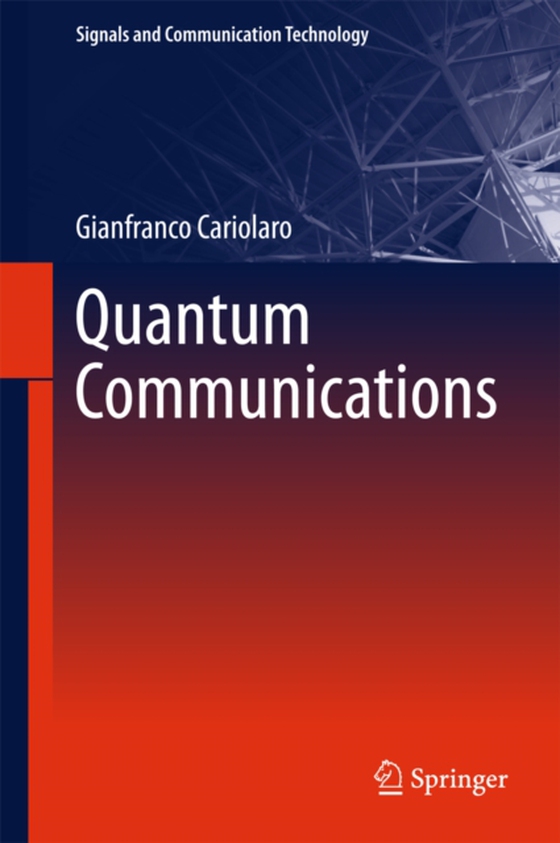
Quantum Communications e-bog
692,63 DKK
(inkl. moms 865,79 DKK)
This book demonstrates that a quantum communication system using the coherent light of a laser can achieve performance orders of magnitude superior to classical optical communicationsQuantum Communications provides the Masters and PhD signals or communications student with a complete basics-to-applications course in using the principles of quantum mechanics to provide cutting-edge telecommunica...
E-bog
692,63 DKK
Forlag
Springer
Udgivet
8 april 2015
Genrer
PHFC
Sprog
English
Format
pdf
Beskyttelse
LCP
ISBN
9783319156002
This book demonstrates that a quantum communication system using the coherent light of a laser can achieve performance orders of magnitude superior to classical optical communicationsQuantum Communications provides the Masters and PhD signals or communications student with a complete basics-to-applications course in using the principles of quantum mechanics to provide cutting-edge telecommunications. Assuming only knowledge of elementary probability, complex analysis and optics, the book guides its reader through the fundamentals of vector and Hilbert spaces and the necessary quantum-mechanical ideas, simply formulated in four postulates. A turn to practical matters begins with and is then developed by:development of the concept of quantum decision, emphasizing the optimization of measurements to extract useful information from a quantum system;general formulation of a transmitter-receiver systemparticular treatment of the most popular quantum communications systems-OOK, PPM, PSK and QAM;more realistic performance evaluation introducing thermal noise and system description with density operators;consideration of scarce existing implementations of quantum communications systems and their difficulties with suggestions for future improvement; andseparate treatment of quantum information with discrete and continuous states.Quantum Communications develops the engineering student's exposure to quantum mechanics and shows physics students that its theories can have practically beneficial application in communications systems. The use of example and exercise questions (together with a downloadable solutions manual for instructors, available from http://extras.springer.com/) will help to make the material presented really sink in for students and invigorate subsequent research.
 Dansk
Dansk

